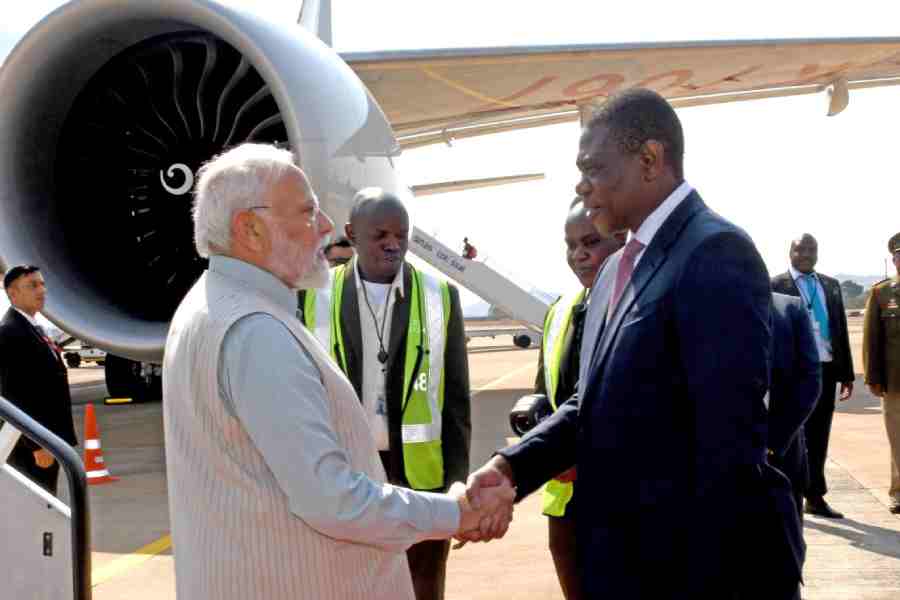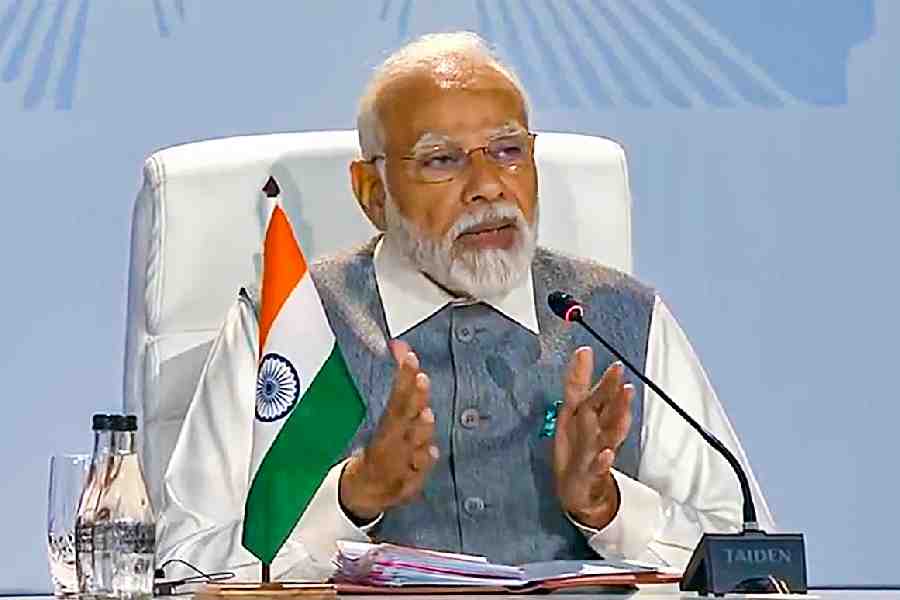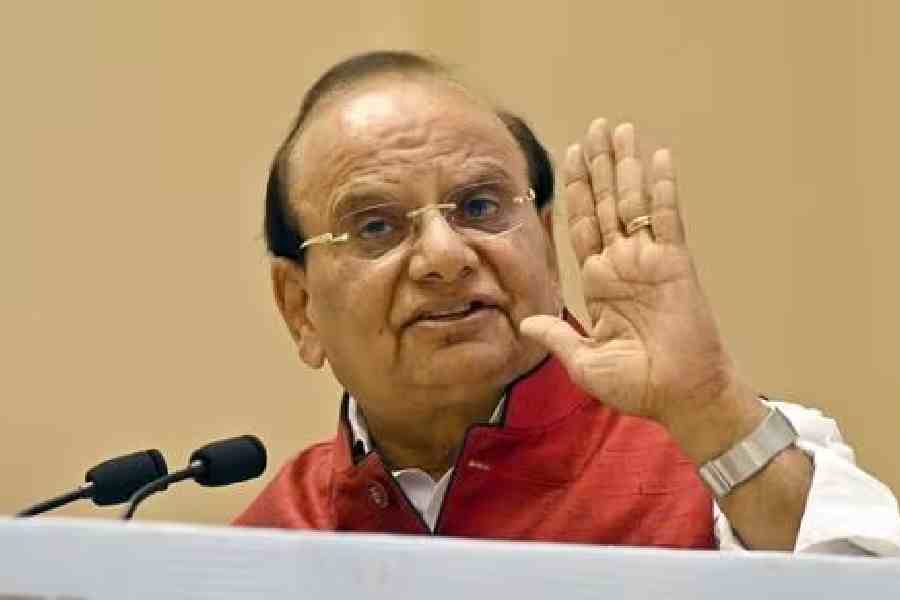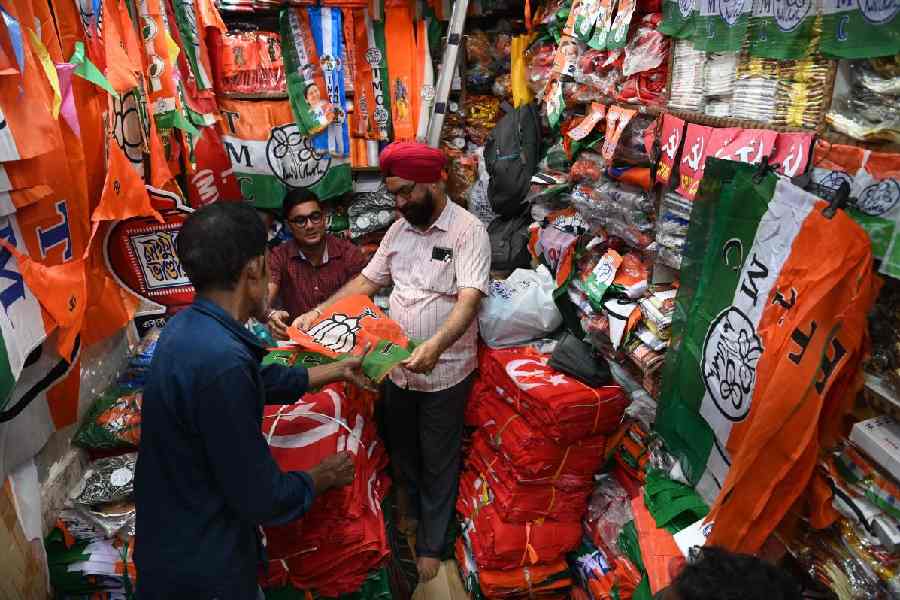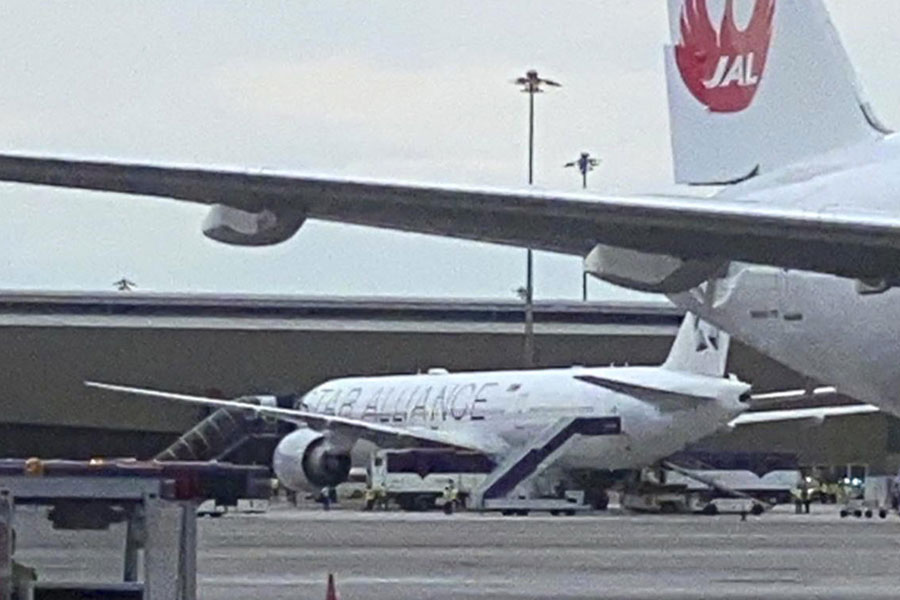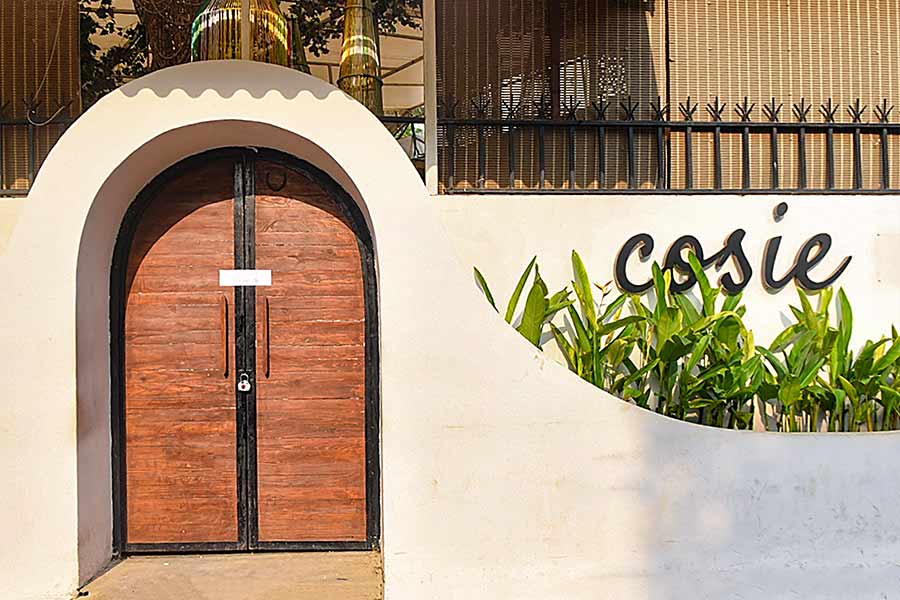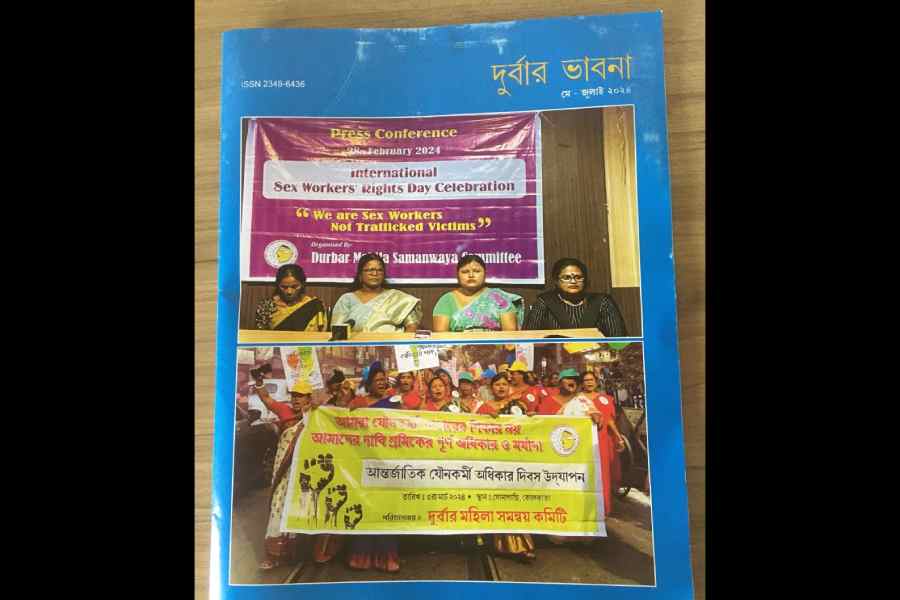A South African news website, which uploaded a disputed report that claimed Prime Minister Narendra Modi did not exit his aircraft on Tuesday to attend the BRICS summit until he was received by that country’s deputy president, has been made inaccessible to users in India after the portal was allegedly overwhelmed by a fake-traffic blizzard from India.
The Daily Maverick, which blocked its website to visitors from India after it published the report, posted on X (formerly Twitter) that it was targeted by a “massive distributed denial of service (DDoS) attack”, which involves bogging down a website with fake traffic.
Its editor-in-chief Branko Brkic told The Telegraph: “We identified it (the attack) as coming from India and had to block the entire domain. We didn’t contact the authorities; would have been a waste of time.”
South African government officials have termed the Maverick’s report of alleged tension at the reception of Modi “fabricated”.
Asked if there had been any diplomatic faux pas at the time of the arrival of Prime Minister Modi in Johannesburg, external affairs ministry spokesman Arindam Bagchi said: “It’s completely wrong. Frankly, I would say it is a figment of the imagination of someone.... The South African government has denied that. The deputy president was at the airport to receive the Prime Minister and we are happy that he took the trouble to come to the airport to receive him....”
The Daily Maverick’s X handle had said on Wednesday: “Earlier today, Daily Maverick published a story about Indian Prime Minister Narendra Modi’s refusal to leave his aircraft at Waterkloof Air Force Base because the South African government had only sent a Cabinet minister to officially welcome him. Since publishing, Daily Maverick has been subjected to a distributed denial of service (DDoS) attack.”
A DDoS attack is described as a malicious attempt to disrupt the normal traffic of a targeted server, network or website by overwhelming the target or its surrounding infrastructure with a flood of Internet traffic. During a DDoS attack, a site is flooded with bot traffic with the intention of taking it down for a period of time, Daily Maverick’s security coordinator explained.
The X handle added: “Commenting on the attack, Daily Maverick Editor-in-Chief Branko Brkic said: ‘It was obvious that the purpose of this attack is to deny the people of India access to this story as no attempt was made to hide the source of the attack.’
“Despite these attempts and subsequent denials by Deputy President Paul Mashatile’s office, Daily Maverick stands by its story and will continue to report on developments, Brkic said.”
The Wion news channel quoted Mashatile’s spokesman Vukani Mde as saying: “PM Modi was received by the deputy president, as had been planned…. He was there well before PM Modi landed.”
The Maverick had also contrasted this with South African President Cyril Ramaphosa receiving Chinese President Xi Jinping.
Unlike Modi, Xi was on a “state visit” for which it is protocol for him to be received by his counterpart in the host country.
Such protocol issues are usually finalised well in advance to the last detail during preparations for these visits of heads of state/government. This is not the first time that Modi has been greeted on the tarmac by someone not equal in rank. This was in any case not even a bilateral visit as the Prime Minister was there only to participate in the BRICS summit.
In May, several Polish news websites faced DDoS attacks for which their government said it suspected Russian hacking groups.
Cyber security expert Pawan Kumar Singh explained to this newspaper: “It is very easy to camouflage oneself if committing a DDoS attack. Servers in other countries for hire, or ones which have already been compromised, can be used to give the impression of it coming from some other country.”
He added: “These attacks normally last for a fixed duration because it needs resources, including money, to stage such an attack…. During the Commonwealth Games 2010, several DDoS attacks traced to Chinese entities were detected on Network Time Protocol servers of Indian websites.”

